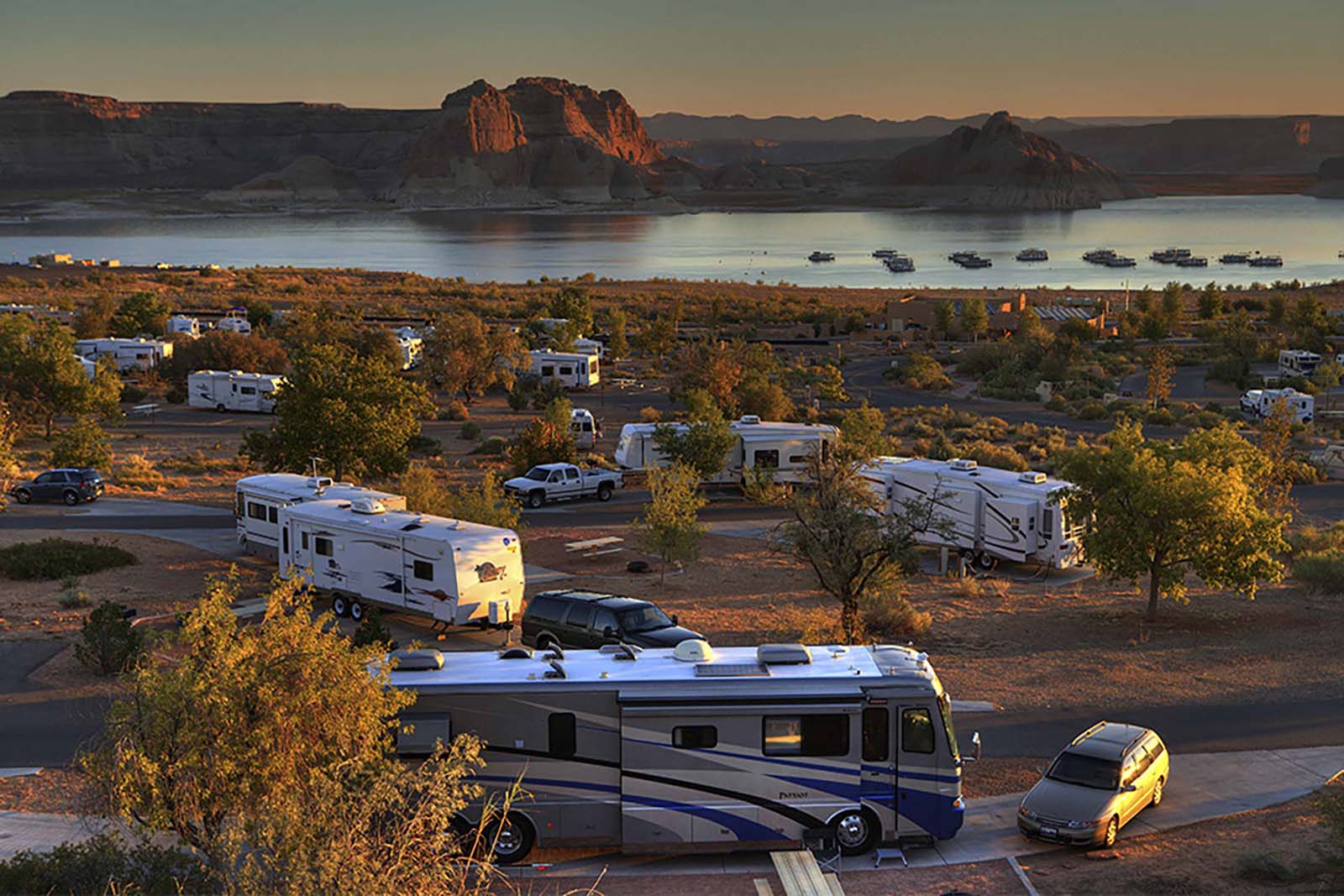How to Charge Your RV House Batteries – A Comprehensive Guide

Heading (H1): How to Charge Your RV House Batteries – A Comprehensive Guide
Heading (H2): 1. Understanding the Basics of RV House Batteries
Heading (H3): 1.1 Types of RV House Batteries Heading (H3): 1.2 Importance of Properly Maintained House Batteries

Heading (H2): 2. Checking Battery Levels and Identifying Charging Needs
Heading (H3): 2.1 Using a Battery Monitor System Heading (H3): 2.2 Signs of Low Battery Levels
Heading (H2): 3. Charging Your RV House Batteries

Heading (H3): 3.1 Utilizing Shore Power Heading (H3): 3.2 Using a Generator for Charging Heading (H3): 3.3 Solar Power as an Alternative Charging Option
Heading (H2): 4. Best Practices for Battery Maintenance and Longevity
Heading (H3): 4.1 Regular Battery Inspections Heading (H3): 4.2 Preventing Battery Drainage Heading (H3): 4.3 Equalizing the Batteries
Heading (H2): 5. Ensuring Safety during the Charging Process
Heading (H3): 5.1 Safety Precautions Heading (H3): 5.2 Avoiding Overcharging
(Heading 1)
Heading (H2): 1. Understanding the Basics of RV House Batteries
RV house batteries play a vital role in providing electricity to your motorhome. These batteries come in various types, including lead-acid, gel, and lithium-ion, each with its own advantages and disadvantages. Understanding the qualities of each battery type can help you make an informed decision for your RV’s power needs. Properly maintained house batteries ensure a constant supply of electricity for your appliances, onboard systems, and other electrical devices.
(Heading 2)
Heading (H2): 2. Checking Battery Levels and Identifying Charging Needs
Monitoring your battery levels is crucial for identifying when it’s time to charge them. Using a battery monitor system can help you determine the exact state of charge and voltage levels of your batteries, ensuring accurate information about their performance. Additionally, being aware of signs such as dimming lights and weaker electrical power can also indicate the need for a recharge.
(Heading 3)
Heading (H3): 2.1 Using a Battery Monitor System
Investing in a reliable battery monitor system can provide real-time information about your RV house batteries’ status. These systems typically display voltage levels, current battery capacity, and estimated remaining time before charging is needed. Installing a battery monitor system is an excellent way to stay informed about your battery’s health and prevent unexpected power shortages.
(Heading 3)
Heading (H3): 2.2 Signs of Low Battery Levels
Dimming lights, slow-sliding electric motorized systems, and weak electrical outputs are common indications of low battery levels. Paying attention to these signs will help you identify when it’s time to recharge your RV house batteries and avoid unexpected power outages during your travels.
(Heading 2)
Heading (H2): 3. Charging Your RV House Batteries
There are several ways to charge your RV house batteries, depending on the available resources and your specific needs. Utilizing shore power, using a generator, or opting for solar power are the most common methods used by RV owners for charging their house batteries.
(Heading 3)
Heading (H3): 3.1 Utilizing Shore Power
One of the easiest ways to charge your RV house batteries is by connecting to shore power. This involves plugging your RV into a power pedestal at a campground or RV park, allowing the built-in onboard charger to replenish your battery’s charge. Shore power is a convenient option when available as it provides a constant and reliable supply of electricity.
(Heading 3)
Heading (H3): 3.2 Using a Generator for Charging
In situations where shore power is unavailable, using a generator can be an efficient alternative for charging your RV house batteries. Generators produce electricity and can be connected to your RV’s battery system through a charger, allowing them to charge your batteries while in use.
(Heading 3)
Heading (H3): 3.3 Solar Power as an Alternative Charging Option
For a more eco-friendly and self-sustainable charging option, solar power is gaining popularity among RV enthusiasts. Installing solar panels on the roof of your RV allows them to capture sunlight and convert it into usable electricity. This renewable energy source can be stored in your house batteries, providing a continuous power supply even when not directly connected to shore power or using a generator.
(Heading 2)
Heading (H2): 4. Best Practices for Battery Maintenance and Longevity
Taking care of your RV house batteries is essential for their long-term performance and longevity. Regular inspections, preventing battery drainage, and equalizing the batteries are a few best practices to ensure optimal battery health.
(Heading 3)
Heading (H3): 4.1 Regular Battery Inspections
Periodic battery inspections involve checking connections, cleaning terminals, and ensuring proper ventilation. Inspections help identify any signs of damage or corrosion, allowing for timely repairs or replacements.
(Heading 3)
Heading (H3): 4.2 Preventing Battery Drainage
Avoiding unnecessary battery drainage is crucial to prolonging battery life. Turning off appliances and devices when not in use, using energy-efficient lighting, and disconnecting any unnecessary electrical loads can help preserve battery power.
(Heading 3)
Heading (H3): 4.3 Equalizing the Batteries
Equalizing your RV house batteries periodically helps maintain battery health and balance. This process involves overcharging the batteries with a controlled voltage for a short period. Equalization assists in reversing the buildup of sulfate crystals, ensuring maximum battery capacity and reducing the risk of premature aging.
(Heading 2)
Heading (H2): 5. Ensuring Safety during the Charging Process
During the charging process, it’s crucial to follow safety precautions and prevent overcharging to protect yourself, your RV, and your house batteries.
(Heading 3)
Heading (H3): 5.1 Safety Precautions
When charging your RV house batteries, ensure proper ventilation, use insulated tools, and wear appropriate protective gear. Additionally, follow manufacturer instructions and guidelines for the charger or power source you are using to charge your batteries safely.
(Heading 3)
Heading (H3): 5.2 Avoiding Overcharging
Overcharging your batteries can lead to damage and reduce their lifespan. Utilizing automatic charging systems or chargers that offer float charging capabilities can help prevent overcharging by regulating charging voltage levels.
(Conclusion)
By understanding the basics of RV house batteries, monitoring battery levels, and utilizing the appropriate charging methods, you can ensure a constant supply of power during your RV travels. Regular maintenance and adherence to safety precautions will prolong battery life and enhance your overall RVing experience. Remember to consult your RV’s manual or seek professional advice for specific charging requirements based on your RV and battery setup.

